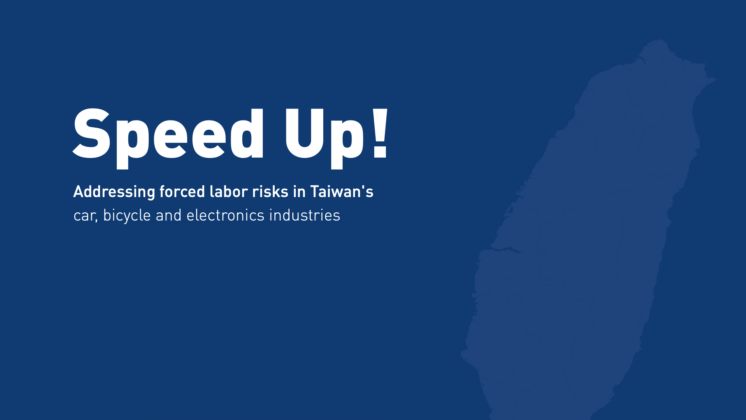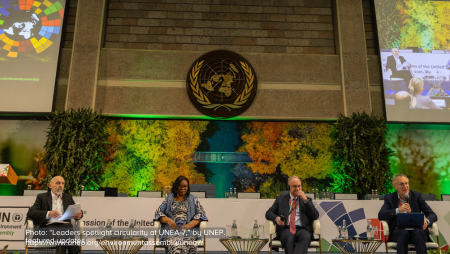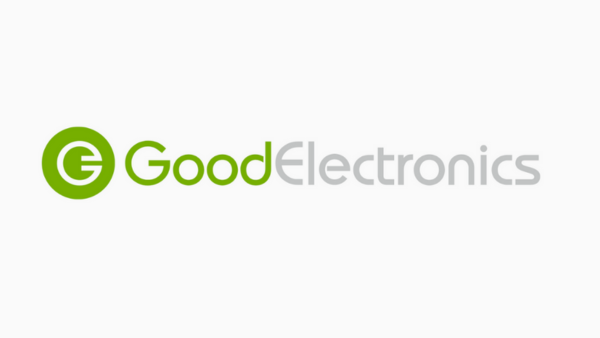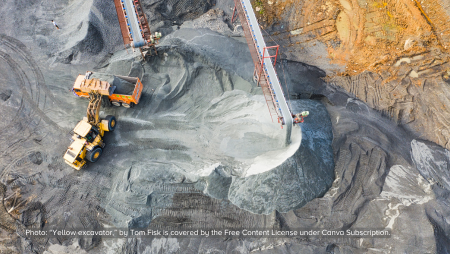Ethical watchdog Danwatch has published a report on gold mining in Ghana and Mali, two West African countries that are experiencing a gold rush. In both countries employment and revenues are on the rise in the respective gold sectors. The increasing gold demand is among other industries coming from the booming electronics sector, which now sources more than 6 per cent of global gold consumption. However, the benefits of the rise in gold demand and prices are not necessarily felt by the artisanal small scale miners, which often live in secluded and poor areas. Here, the work to uncover gold is hard, dangerous and the pay is low and unreliable.
Bullet point summary of 'Child mined gold in your gadgets? Child labour in Ghana and Mali and sourcing policies of IT brands':
- Gold is a component in nearly all consumer electronic products, such as cellphones and computers.
- In Ghana and Mali child labour takes place in the small scale production of gold, a practice categorised as one of the worst forms of child labour.
- Children from the age of 5 work under dangerous conditions in gold mines: They are exposed to hard physical work and poisonous mercury, under the risk of mudslides and collapsing mines
The gold produced by children in the small scale sector in Mali and Ghana is mixed with the rest of the national small scale mining output, often through a range of traders, making it impossible to trace at the stage of export. - When the gold enters the world market, often at hubs as Dubai or Switzerland, it is mixed with gold from many sources such as other mines, the financial sector and recycled gold.
- The five biggest smartphone producers on the European market (Samsung, Apple, Research in Motion, Nokia and HTC) cannot tell if the gold in their products is from Ghana or Mali, and thus cannot guarantee that they are not using gold produced by children.
- The five biggest computer producers on the European market (HP, Acer, Lenovo, Asus and Dell) cannot tell if the gold in their products is from Ghana or Mali, and thus cannot guarantee that they are not using gold that was produced by child labour.
- The IT sector has increasingly engaged in initiatives to refrain from sourcing conflict minerals, but few have addressed the issue of child labour in their gold supply chain
- Of the major electronic brands in the world, only Hewlett Packard has disclosed its supply chain gold.
A typical child worker is Immanuel Okoku, 11, from the Ashanti region in Ghana. Immanuel works with 5 other children his age in a self-organised team, which works together each weekend. The mining pit is located in the forest 200meters from their village. In the area around the village, there are several small pits with children working together in groups of six.
Immanuel says:
“The work is difficult, everything about it is difficult. It is difficult to dig, in fact everything is difficult. We always fall sick because of this work. We get persistent headaches and chest pains. I always complain to my mom that the sickness is a result of the mining. But she doesn’t say anything about it. I have no intention to quit just because I get sick, because I don’t have money. I earn around 10 Cedis (3,97 Euro) a day. Our mothers ask us to go here.”
Click here for the full report










